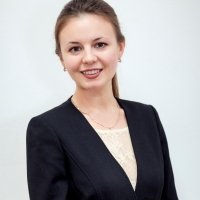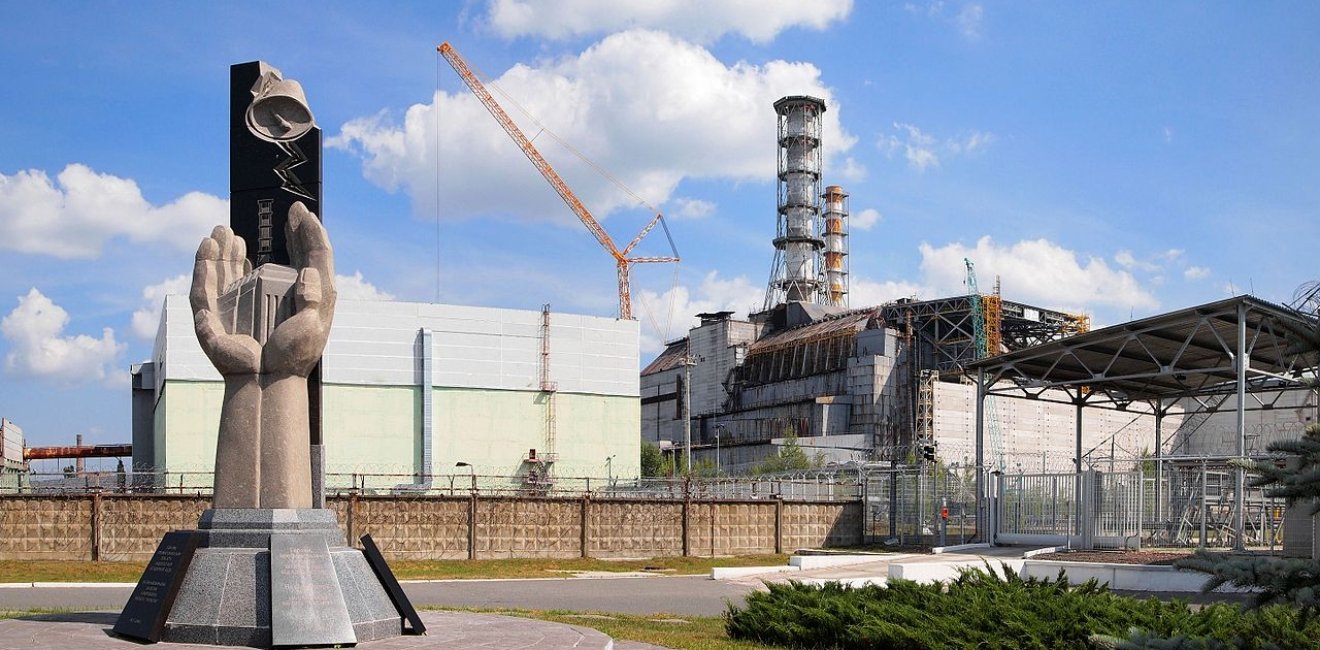
A blog of the Kennan Institute
BY IRYNA IAREMA
In 1986, “Chornobyl” was named the word of the year by the German Gesellschaft für deutsche Sprache. Chornobyl, which in Ukrainian sounds almost like “black pain,” carries an unavoidably negative connotation. After the catastrophe it became a symbol of national tragedy and of the failure of the Soviet approach to industrialization. Only after years of cleanup operations and the placement of a giant arch over the ruins of the reactor in 2016 to contain radiation, the reconceptualization of the uninhabitable land began in earnest. The projects to repurpose the site include development of a biosphere reserve, construction of a solar farm, and use of the site for nuclear waste storage. The ways in which the projects are implemented will be seen by the world as Ukraine’s choice of modernization pathways.
Developing the Chornobyl Biosphere Reserve
The Chornobyl Biosphere Reserve was created by presidential decree on April 26, 2016. Covering two-thirds of the exclusion zone, it was established with the main goal of preserving recovering ecosystems at the site while allowing some opportunity for research. This goal has two distinct faces. For local populations that have moved into the area, a nature reserve gives hope for a pharmacy. For the government, increasing the amount of protected areas in Ukraine to the average European level would fulfill one of the conditions of the EU-Ukraine Association Agreement, the former acting head of the Ministry of Ecology has been quoted as saying.
Though seizing the chance to repurpose the Chornobyl site and contiguous lands to political ends is not a bad idea, there is little guarantee that the scientific and research component of the project would be carried out in a meaningful way. Nonetheless, the research dimension would be extremely useful and should remain a target of renewal efforts: robust scientific research would help dispel the large ambiguity about ecosystem adaptation to radiation exposure and help with environmental protection and monitoring. But with only 35 current members of the Chornobyl Biosphere Reserve, when up to 600 are said to be needed, developing insights into the system’s self-regeneration capability will be challenging. If the research target does not become a priority, this modernization pathway will take a back seat to simple preservation of ecosystems in natural protected areas.
From Nuclear to Alternative Energy Source
As per a French prefeasibility study released in March 2018, a 10-kilometer section of the Chornobyl security zone may continue to be converted into a massive alternative energy farm. The Ukrainian government has already received more than 60 statements of investor interest in solar plant construction, and the first solar panels have already been installed – a mere 100 meters from the ruins of the reactor. Ostap Semerak, Ukraine’s minister of environment and natural resources, is not surprised by this enthusiasm. “Cheap land, and abundant sunlight constitutes a solid foundation for the project.… In addition, the remaining electric transmission facilities are ready for reuse,” he explains.
Chornobyl and neighboring towns have long experienced a deficit of electricity. A solar energy project promises a literally bright future for those residing close to Chornobyl. However, at least two uncertainties remain. First, green energy remains quite expensive, making the project less appealing financially. Second, by some accounts, the problem of adequate safety measures has not been appropriately addressed. If solar panels can be installed on giant cement blocks and simply put on the surface of the ground, that would prevent the release of radiation from the underlying earth. However, the construction of a new substation to gradually increase the transformational capability of the plant would likely require an in-ground foundation, leading (potentially) to the release of contaminated soil dust into the air during excavations. It is also unknown whether the solar park can be safely maintained. These challenges need to be overcome if solar energy production on the site is to be pursued further.
Nuclear Waste Storage Site
Intertwined economic and political motives have forced Ukrainian authorities to speak more publicly about another innovative project: the creation of a central spent fuel storage facility (CSFSF). The decision to place the facility in the Chornobyl exclusion zone was made in February 2012. It gained general publicity only in 2017, however, when the U.S.-based engineering company Holtec received the Ukrainian nuclear regulator’s approval for an integrated systems test of the fuel storage facility. Pro-Russian and Russian media quickly twisted the news and began referring to Ukraine as a nuclear dump for American nuclear waste.
Other views were distinctly more positive, and the project is broadly welcomed as another step toward disentangling Ukraine’s nuclear industry from Russia. For Ukraine’s state-owned Energoatom, construction of the storage facility is seen as a way to solve the nuclear waste problem and reduce the costs associated with exporting spent nuclear fuel from the Rivne, Khmelnitsky, and South Ukrainian power plants to the Russian Federation for temporary storage. The return on investment in the CSFSF will be realized in less than four years of operation, claims Energoatom. On the downside, one of Ukraine’s well-known ecologists, Volodymyr Boreyko, asserts the project is insecure and that its backers have circumvented the broad public discussions of the CSFSF as required by international norms.
The success of any of the repurposing projects of the Chornobyl site will depend on how much the discussions can avoid fruitless ideological speculation, and on Ukraine’s ability to implement technical solutions that are dependent on international assistance. As Ukraine moves forward on its modernization trajectory, both the means and the path will be read as markers of its self-identification as a nation on par with other EU nations.
Author


Kennan Institute
After more than 50 years as a vital part of the Wilson Center legacy, the Kennan Institute has become an independent think tank. You can find the current website for the Kennan Institute at kennaninstitute.org. Please look for future announcements about partnership activities between the Wilson Center and the Kennan Institute at Wilson Center Press Room. The Kennan Institute is the premier US center for advanced research on Eurasia and the oldest and largest regional program at the Woodrow Wilson International Center for Scholars. The Kennan Institute is committed to improving American understanding of Russia, Ukraine, Central Asia, the South Caucasus, and the surrounding region through research and exchange. Read more

Explore More in Focus Ukraine
Browse Focus Ukraine
Talking to the Dead to Heal the Living

Ukrainian Issue in Polish Elections


